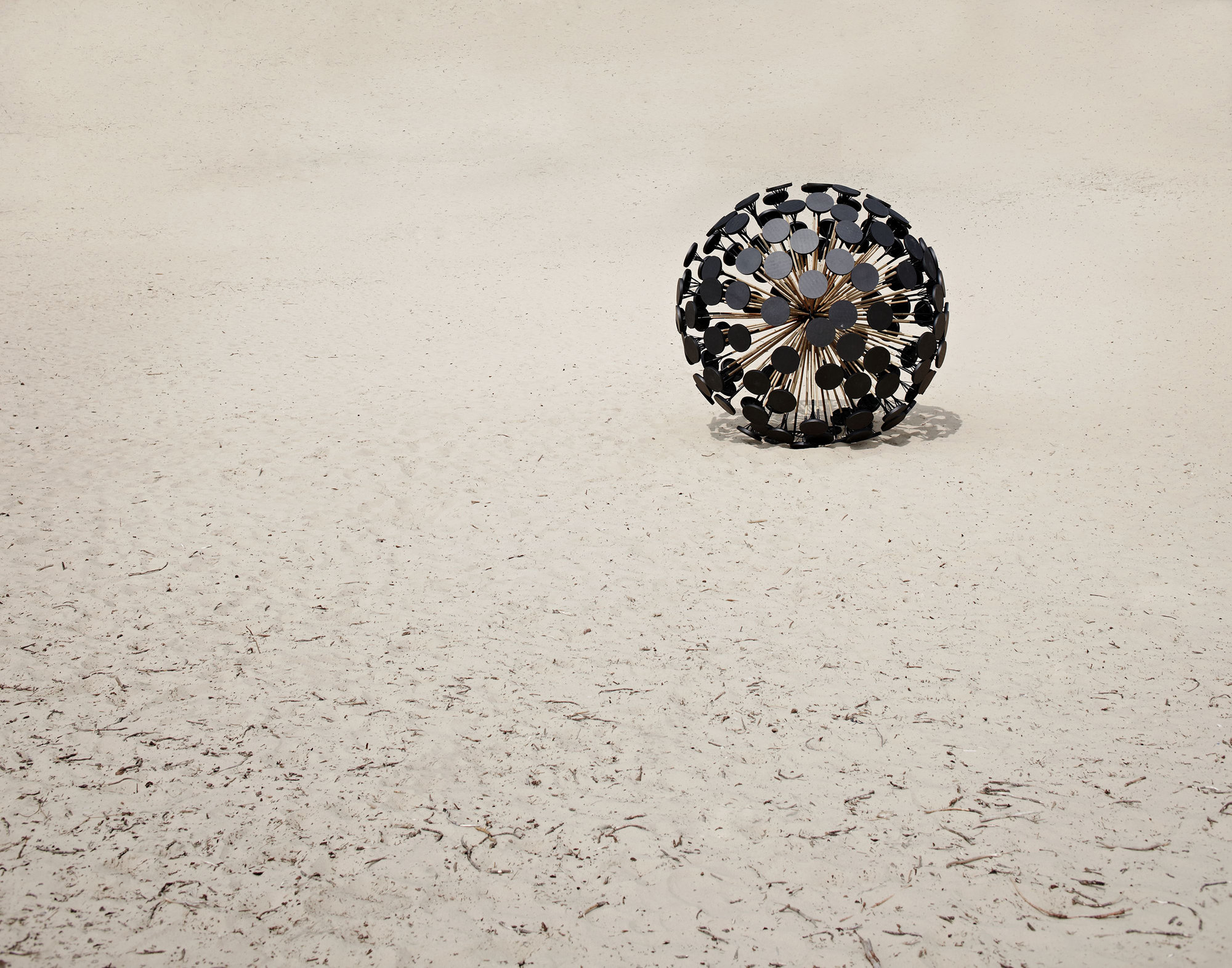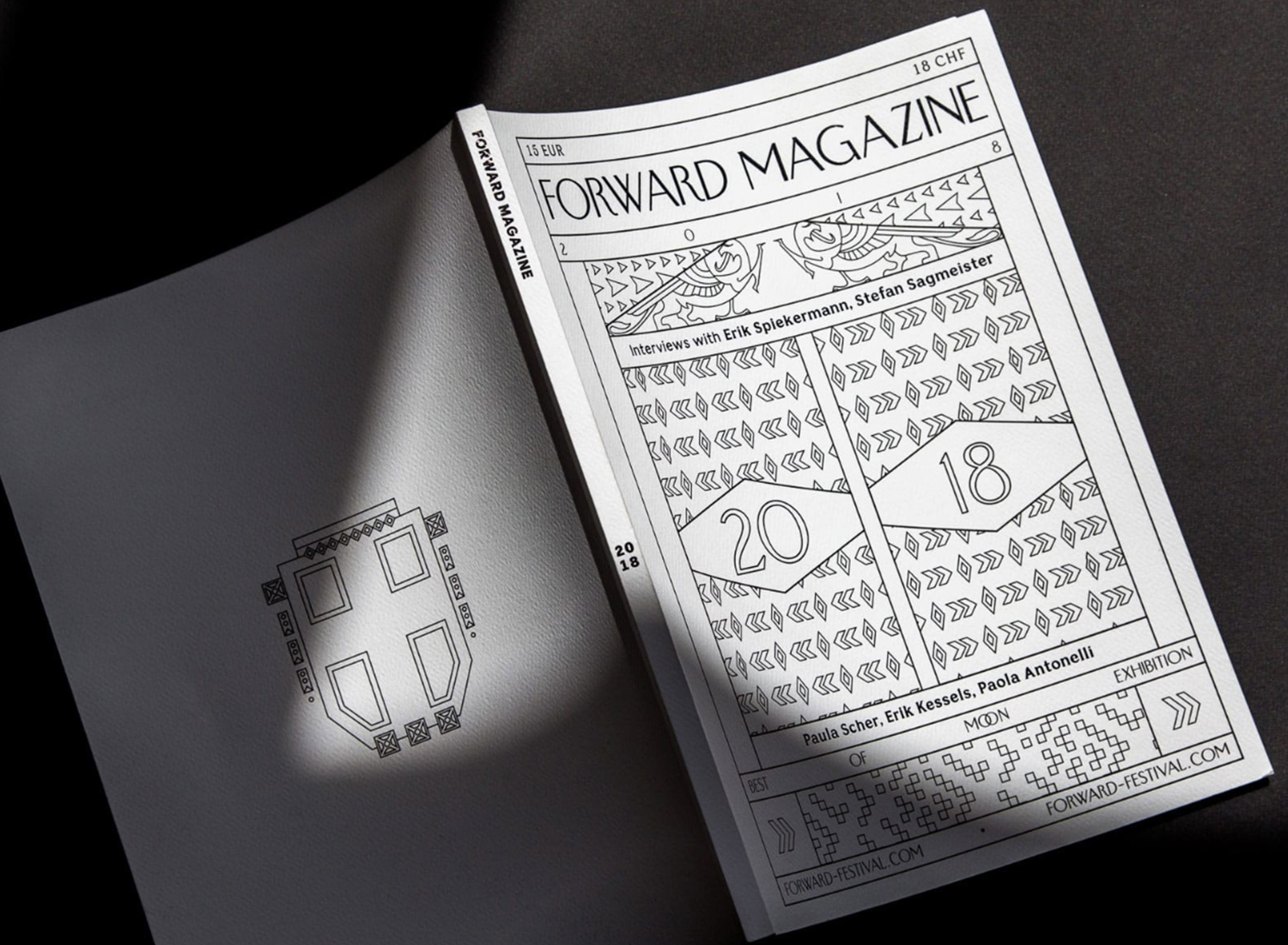“Design will never become art.” Interview with Paola Antonelli
Some people are driven by their passion in life, even before they realize it: Italian born architect and curator Paola Antonelli found her own passion in design, by being a bad student at university at her first major. Her occupation came to her by chance and she is now Senior Curator of the Department of Architecture & Design as well as the Director of R&D at The Museum of Modern Art in New York.
Interview by Catherine Hazotte
We talked with her about her upcoming projects, what special moments of her work keep her going and why design will never become an art.
What are you working on right now?
I am working on the 22 Triennale of Milan, which is going to happen next year on March 1st. It is called “Broken Nature” and it is going to be a whole exhibition. “Broken Nature” is about the re-storage of design. It is about how nature, design and other human beings interdigitate with each other. So, it is a concept that is quite holistic if you will say so. And right now, I am working constantly on this, so that the exhibition is going to be good for everybody – it is a big project.
Are there any criteria for the projects you are working on?
Well, it is always a mixture of different ideas I have. It is very easy to have ideas. The difficult part is translating them into reality.
Do you have any examples of these different kinds of ideas?
Sometimes, the idea is opportunistic. For example, last year I did a fashion show for MoMa. In this case, it just happened that way. And in other cases, I have ideas that feel really urgent so you realize them no matter what. The “Design and Violence Project” I made in 2015, was first not presented at an exhibition, because it didn’t get accepted. So, I moved the project to a WordPress Site. It really depends on what your instinct tells you.
Sometimes your instinct tells you: This is worth doing – even if the outside conditions are hard.
When we talk about having ideas: What is the most interesting part of your work to you?
I would say that the most interesting part of my work is when I visit studios. I also enjoy talking to different designers and let me show their work. When it is good, then it is fantastic – there is nothing better.
So, personal contact with designers keeps you motivated?
Oh yes! This motivates me a lot. The opportunity to meet the designers and placing them at MoMa is just fabulous. That is really what keeps me going.
Can you tell me about your very beginnings? How did you become a curator?
It happened by pure chance. At first, I studied economics in Italy and then, since I was not really a good student, I changed my major. This is quite common in Italy. If you study something it doesn’t really mean, that you will start your profession out of this knowledge. Then I studied architecture, but I didn’t become an architect. I became a writer, a journalist and then a curator because I said “Yes” to helping to set up an exhibition while doing a job at the Triennale of Milan. I just agreed to the request back in those days and then one thing led to another and this is how I became a curator.
“It often happens in life: There is a lot of destiny!”
What are you proud of?
Oh, many things! Personally, I am very proud of my career thread – it is really expanding and firming my main idea of the importance of design in the world. I am very proud of having a passion and being able to work on it.
How important do you think is it that people have access to art exhibitions?
At private museums like MoMa, you have to pay for your ticket, as we cannot afford it any other way. But I know about other government-owned museums, where it is by donation or even on a chosen day for free. But even at MoMa, we tried to implement this on Friday Evenings after 4 p.m. to enable people to access art exhibitions.
But it is a big discussion. If you’re below 16 it is either reduced or for free. And there is always a way to buy the subscription for a year, which is really inexpensive. And then there are many different ways to enable access to art.
There is a big difference between Europe and the United States. In the States, the museums are usually private so they have different barriers to handle, as the state or the government doesn’t give any money. So, you can imagine, it is not possible to make the museums all for free. Even if this seems very unjust to Europeans, who are accustomed to museums that are partly government-owned.
What is your opinion on this matter?
Well, this is not my personal opinion, as this is a very systemic discussion. I think that people have to be realistic about the fact, that museums have to survive and make money.
Will design become Art?
Design will never become an art. Design and art are two separate fields. It is a misunderstanding to think, that Design can become art in any way. Not at all. I think designers should stay designers and artists have to create art. But don’t get me wrong: Art is not higher or better than design – they are just two different fields and two different spheres of creativity. They cannot be put together. I’m spending my life explaining this, so I’m happy this came up!

How important is the architecture of a room in terms of planning an exhibition for you?
As a curator I work with the space that I was given – but I don’t know many different spaces. As a human being atmosphere and architecture are extremely important. It is like music – it changes your mood.
How do new techniques and technology affect your work?
Very much. One year after I had started at MoMa in 1994 I coded their first website. I was always very interested in technology and what it could do for our work. Right now, I am giving a lecture to a bunch of students from Columbia University, where I am talking about the several uses of online technology for editorial purposes.
I think we should be very aware of the fact that technology is always a tool and not the end of our work.
I am working on a VR project right now, which I never thought I would do, because I always have been a little bit skeptical about this matter, but I have to say that I am learning a lot. And I think that I and my partners in this project are using this very well and I am pretty happy about it.
Would you say that VR is one of the trends biggest right now?
It is definitely something many, many companies are interested in. I personally feel more comfortable with Augmented Reality. But we will see, which way it is going to develop.
This interview got published and printed in Forward Magazine 2018.
